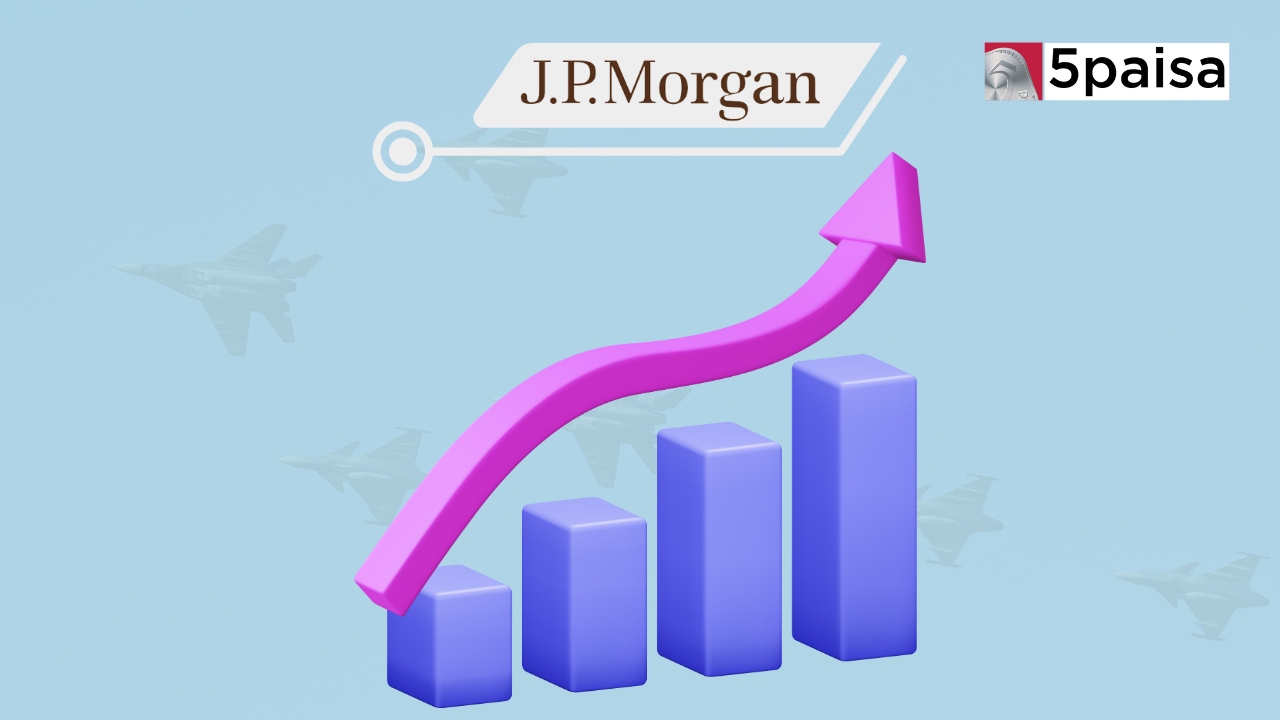SEBI Halts C2C Advanced Systems IPO Listing Amid Audit Review
Lumpsum flows into equity funds weaken sharply in 2022

Last Updated: 14th December 2022 - 10:37 pm
A recent report on mutual fund flows in the month of October has highlighted what has been obvious from the build-up of SIP flows in the last few months. The gross lumpsum inflows into the equity mutual fund segment touched a 2 year low of just Rs17,900 crore. This is the grow inflow and not the net lumpsum inflows into the equity funds segment. The last time such a low figure was seen in terms of gross lumpsum flows into equity funds was back in November 2020. Clearly, there is indicative of two things. Firstly, flows are gravitating more towards passive than active and more towards SIP over lumpsum.
There are several reasons for the tepid lumpsum inflows into equity funds. Remember that lumpsum flows are largely preferred by investors who try to time the market. If you invest in equity mutual funds in lumpsum at the bottom of a market, then the fund tends to perform much better than a SIP since it captures the full upside in the market. with the markets having bounced back sharply from lower levels, many of the large HNI investors (the major lumpsum investors) had become sceptical. Obviously, they were waiting for better entry levels to get into these equity funds and commit lumpsum amounts of money.
However, market levels are just part of the story. There are other reasons too. Firstly, rural customers with cyclical agricultural revenues were major customers for lump sum investing. With inflation higher in rural India and rural incomes weakened by a tepid Kharif this year, that incremental rural lumpsum flows have been tepid this year. The second aspect pertains to the NFO activity. The NFOs were shut for about 3 months due to regulatory reasons. Even after the NFO started, the funds have been wary of NFOs due to weak market conditions. These factor also contributed to weak lumpsum flows into equity mutual funds.
One more reason for this sharp fall in the gross flows is that people have preferred to redeem equity funds at every bounce. With markets being volatile as they are, many lump sum investors in equity funds are using this opportunity of bounce in the indices to book out and redeem equity funds rather than investing in them. Hopefully, the inflows should gather momentum once the markets sober down, but we have to wait for that. Most HNI based distributors have also admitted that HNI appetite for buying into equity funds amidst this volatility has been quite limited and they are either opting to stay in the side lines or are even preferring low cost ETFs and other passive funds to commit lumpsum money.
That is another key factor that has impacted flows into equity mutual funds. In the last couple of years, equity fund managers have struggled to beat the index on a consistent basis. This is true of most equity funds with less than 20% of the funds being able to beat the index with any degree of consistency. This creates a dual challenge for lump sum investors. Investors not only have to carry the risk of volatile markets but also carry the risk of selecting a fund manager with the potential to outperform the index. That is a tough task. Now, HNIs are veering around to the wisdom of Jack Bogle that “Why look for a needle in a haystack when you can just buy the entire haystack”?
Ironically, overall flows are still good and that is being driven by SIP flows. The net flows into SIPs are more than Rs13,000 crore on a net basis and that is a lot of money. This has also cannibalized the lumpsum flows in a big way. With a rising number of millennials and Gen-Z being impressed by the idea of mutual fund investing, they are plumping for either passive fund or for the convenience of a systematic investment plan (SIP) where the rupee cost averaging benefit manages to offset the timing challenge in lumpsum investing. That is becoming one of the reasons, incremental lumpsum investing growth has been slow.
But the report points that the recent rate hike has made alternative assets much more attractive. The 190 bps rise in repo rates have made bank FDs and corporate FDs a lot more attractive now. Also, traditional equity players are opting for lump sum investing in equities or through PMS rather than through lumpsum investing equity funds. Most likely, things would change if markets correct about 10% and active lumpsum investors in equity funds may be back in action. For now, that is the one segment that is under pressure.
Trending on 5paisa
Discover more of what matters to you.
Indian Market Related Articles
Disclaimer: Investment in securities market are subject to market risks, read all the related documents carefully before investing. For detailed disclaimer please Click here.
 5paisa Research Team
5paisa Research Team





